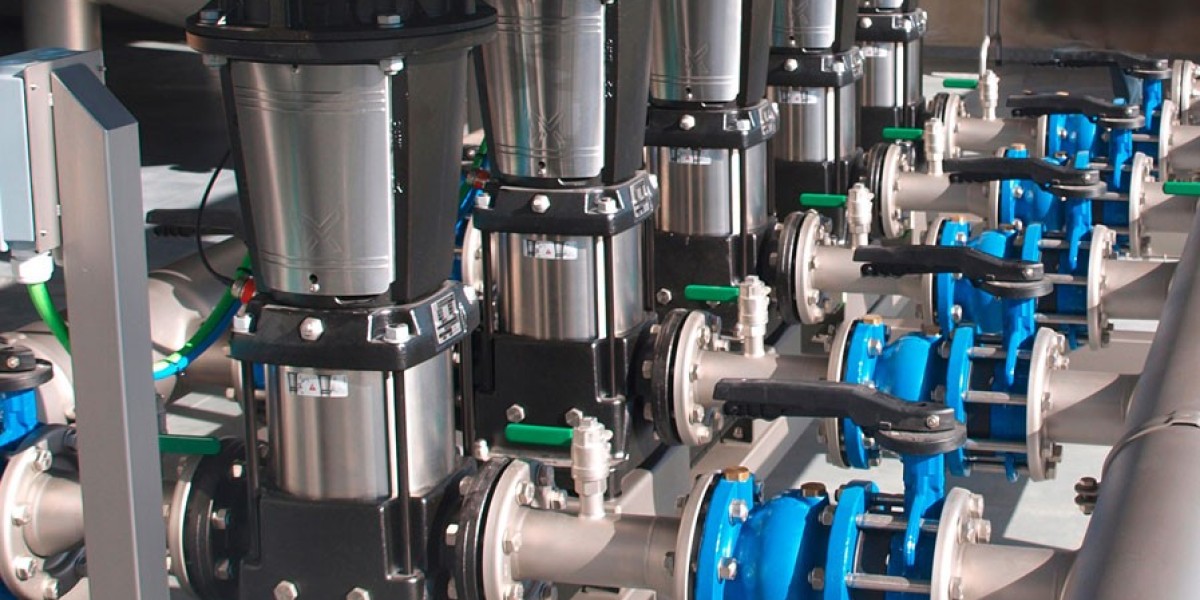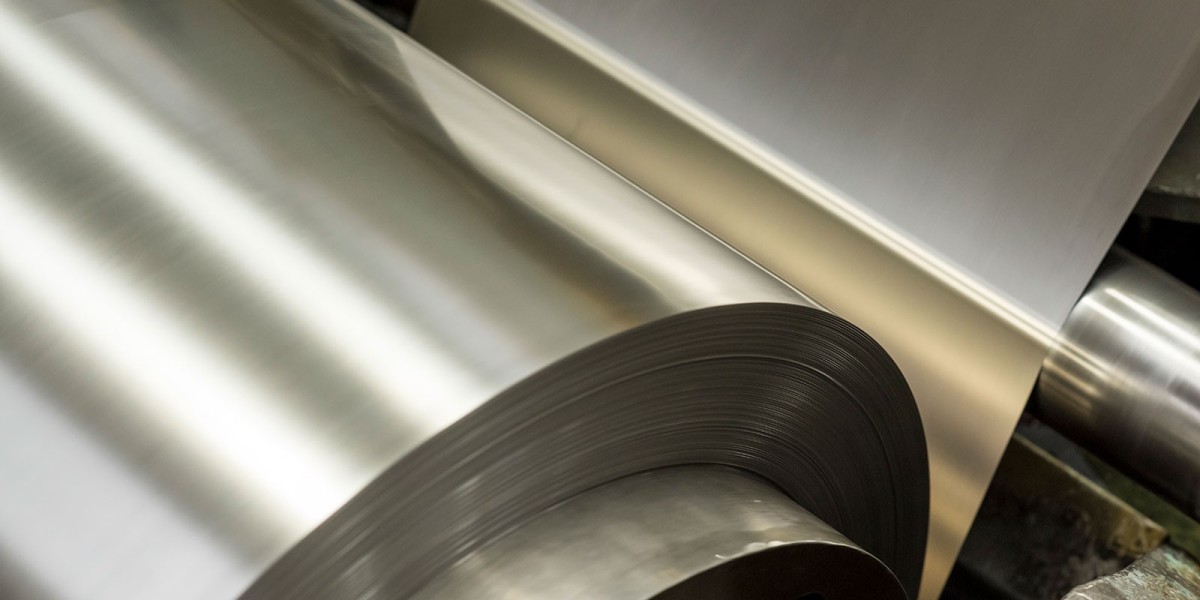Butterfly valves are essential in various industries for their reliability and for meeting specific demands. However, this guide delves into the butterfly valves, their role, addressing the changing needs of industries, and notable advancements such as extended stem design, improved control features, and the development of pre insulated butterfly valves.
Introduction to Butterfly Valve
Butterfly valves are crucial mechanisms that help in regulating the balanced and controlled flow of fluids within large pipe diameters. It has a disc mounted on a shaft within the pipe in butterfly valves. It helps in rotating the disc and controls the flow of fluid. Butterfly valves effectively control the flow in large-diameter pipelines to offer low-pressure drops by the quarter-turn rotation of a disc.
In control Butterfly valves, a rod feeds through the middle of the disc to the automatic operational device that controls the proper motion of the disc. It differs from other types of quarter-turn valves as the disc present in the valve is always in the flow to allow correct pressure change for different positions of the valve.
Importance of Butterfly Valves in Different Industries
Butterfly valves allow easy adjustment of disc options for better control of fluid passage according to individual needs. These valves are lightweight and have compact and space-efficient designs. Different industries, like water treatment plants, HVAC systems, chemical processing, etc., use butterfly valves for other uses. It has a complete on-and-off function, which means that Extended stem Butterfly valves can easily block and permit the flow of fluids and also act as a seal to prevent leakage.
This simplicity of the butterfly valve is advantageous for applications requiring rapid responses to changing flow conditions. The simplicity, quick operation, cost-effectiveness, and versatility of butterfly valves make them suitable for various uses and the reliable operation of fluid systems.
Advancements in Butterfly Valves Technology
With the help of the extended step butterfly valve helps offer seamless operation and maintenance under challenging environments. The more extended stem design allows for versatility. The advanced control systems, including positioners and actuators, enable precise fluid flow control. Integration into automated systems enhances overall system efficiency. Pre insulated Butterfly Valves insulation materials contribute to energy efficiency by minimizing temperature-related energy losses. It achieves compliance with environmental regulations through improved temperature control.
These innovations directly address the changing needs of various industries. Extended stem valves provide solutions for applications with accessibility challenges, control valves meet the demand for precise fluid control, and pre-insulated valves cater to industries requiring temperature-sensitive operations.
These innovations collectively contribute to the adaptability of butterfly valves, allowing them to meet the changing demands of industries that rely on critical infrastructure.
Extended Stem vs. Control vs. Pre-insulated Butterfly Valves
Extended stem valves improve accessibility, enabling easy operation and maintenance in confined spaces. While Control Butterfly valves incorporate different automation features, control butterfly valves are suitable for applications demanding high precision and responsiveness, enhancing the safety and efficiency of the systems they serve.
Pre-insulated butterfly valves help in addressing challenges related to temperature variations in transported fluids. Extended stem focuses on accessibility, control valves on precision, and pre-insulated on temperature control.
Extended stems suit hard-to-reach locations, control valves excel in processes requiring precise control, and pre-insulated valves are vital for temperature-sensitive applications. Extended stem enhances maintenance, control valves optimize efficiency, and pre-insulated valves contribute to energy conservation.
In conclusion
The continuous evolution of butterfly valve design reflects the commitment to meeting the dynamic needs of critical infrastructure. Controlled, pre-insulated, and extended stem butterfly valves contribute significantly to the reliability, safety, and efficiency of fluid control systems.
As industries evolve, these innovations from the best suppliers like Advance Valves ensure that butterfly valves remain indispensable components in sustaining the functionality and safety of vital infrastructure worldwide.








